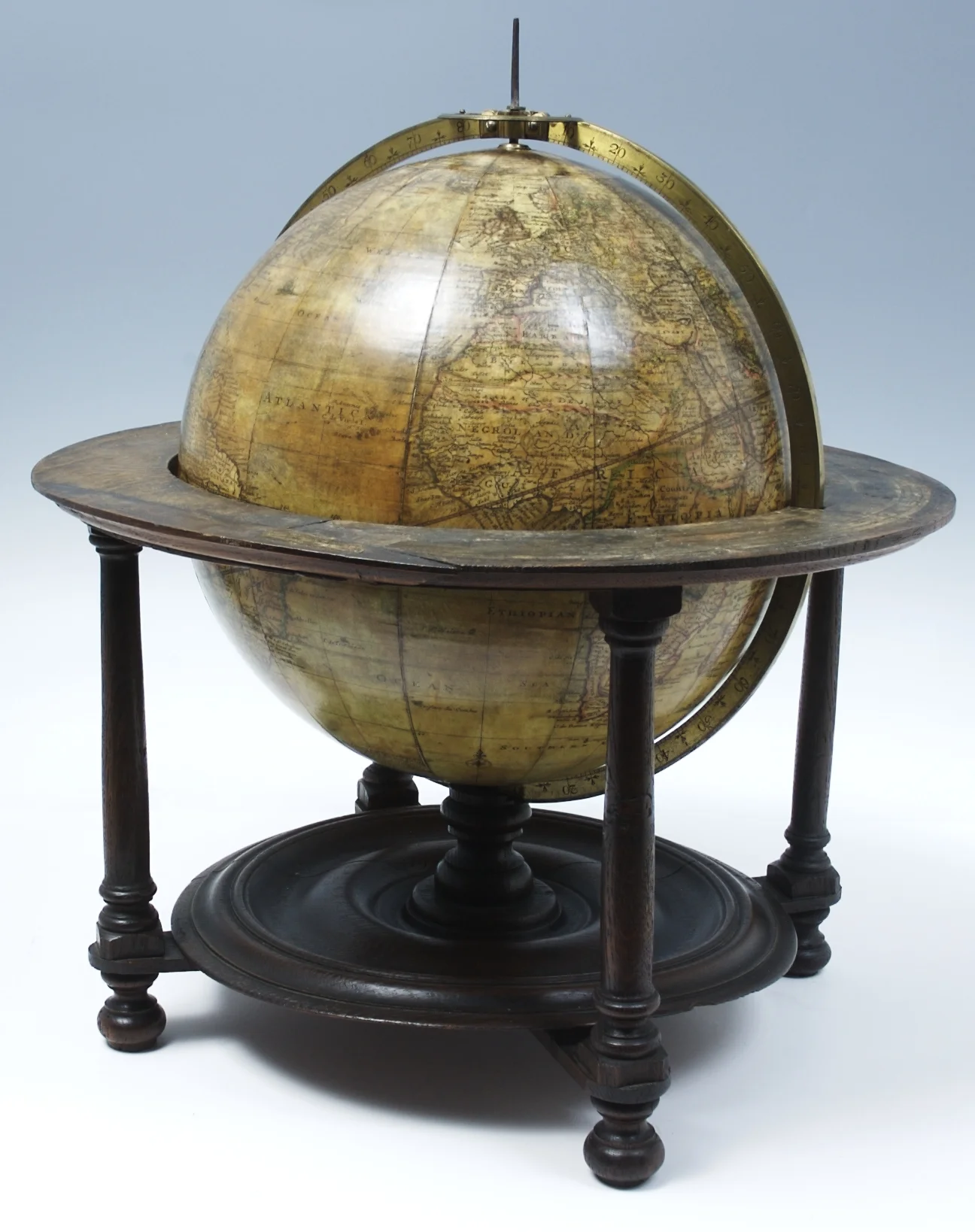The Mongolian Navy
Mongolia is the most landlocked country with its capital more than 1000 km away from an ocean. While the point on the Earth which is farthest away from an ocean is actually in North West China, Mongolia holds most other land locked records. While we are here, let's do a pop quiz question: what are the only two countries which are double landlocked? i.e. countries that are surrounded by other landlocked countries. I'll put the answer at the bottom of the article.
Location of Mongolia
The Eurasian Point of Inaccessability, the farthest point from the ocean
So it will come as a bit of a surprise that Mongolia has a fairly large navy: one which is growing quite rapidly. But first a quick overview of the history. During the 13th century the Mongolian Navy was the largest in the world, but this was a period when they owned substantially more of Eastern Asia including lots of what is now Chinese coastline. However, due to an unsuccessful invasion of Japan they lost most of their fleet and it never reached the heights of its former glory as Mongolia's borders were forced further inland. By about a hundred years later the navy was no more.
In the 1930's under the guide of the Soviet Union the navy was reborn with a single ship named the Sukhbaatar which was little more than a tugboat located in the Lake Hovsgal. It and the seven crew represented a national navy in almost name alone. Eventually it sank, as did it's sucessor; but the Sukhbaatar III is still running.
One of the three Sukhbattar ships that served as the entirity of the Mongolian Navy during the 20th century
However from the 1920s a new maritime treaty was signed named the Declaration Recognising the Right to a Flag of States having no Sea-Coast. Some companies and labour unions realised that they could register their ships as officially belonging to other countries. Some of this was to avoid regulations (which could often be costly) or taxes. The earliest records I can find are of labour unions from the USA (which seems a bit laughable today) using Panama as their official country of origin, similar to tax havens in the financial world. The word for these are flags of convenience.
From the 1950s onwards these have been heavily used and as of 2009 the ships from Panama, Liberia and the Marshall Islands make up 40% of the entire world fleet by weight. This practice has been heavily criticised as creating unregulated and often illegal activities and making them hard to prosecute; 20% of the world's fishing ships fly flags of convenience. Proponents of the set up praise the option for companies to shop around for the best regulations and laws for them: but the biggest providers of these flags are the ones with the least oversight. Whenever there are calls to put a stop to the current system most countries remain silent due to individual profit: the most recent treaty to ban them only had fourteen countries sign up.
Flags of Convenience in 2010. These 11 make up 55% of the world's ships.
From 2003 Mongolia realised it could pick up a lot of the lost slack in selling Flags of Convenience from the mostly shut down operations by Sri Lanka and North Korea in the Pacific Theatre. While not as big as many of the Central American and Caribbean franchises, the Mongolian Navy has gone from its one tug boat to 168 ocean liners and protection vehicles.
Answer: The two double landlocked countries are Liechtenstein (surrounded by Switzerland and Austria) and Uzbekistan (surrounded by Afghanistan, Tajikistan, Turkmenistan, Kazakhstan and Kyrgyzstan (words which my fingers know how to type quickly on a keyboard through heavy sporcle use, although I think I would be unable to spell if you gave me a pen and a piece of paper)).









